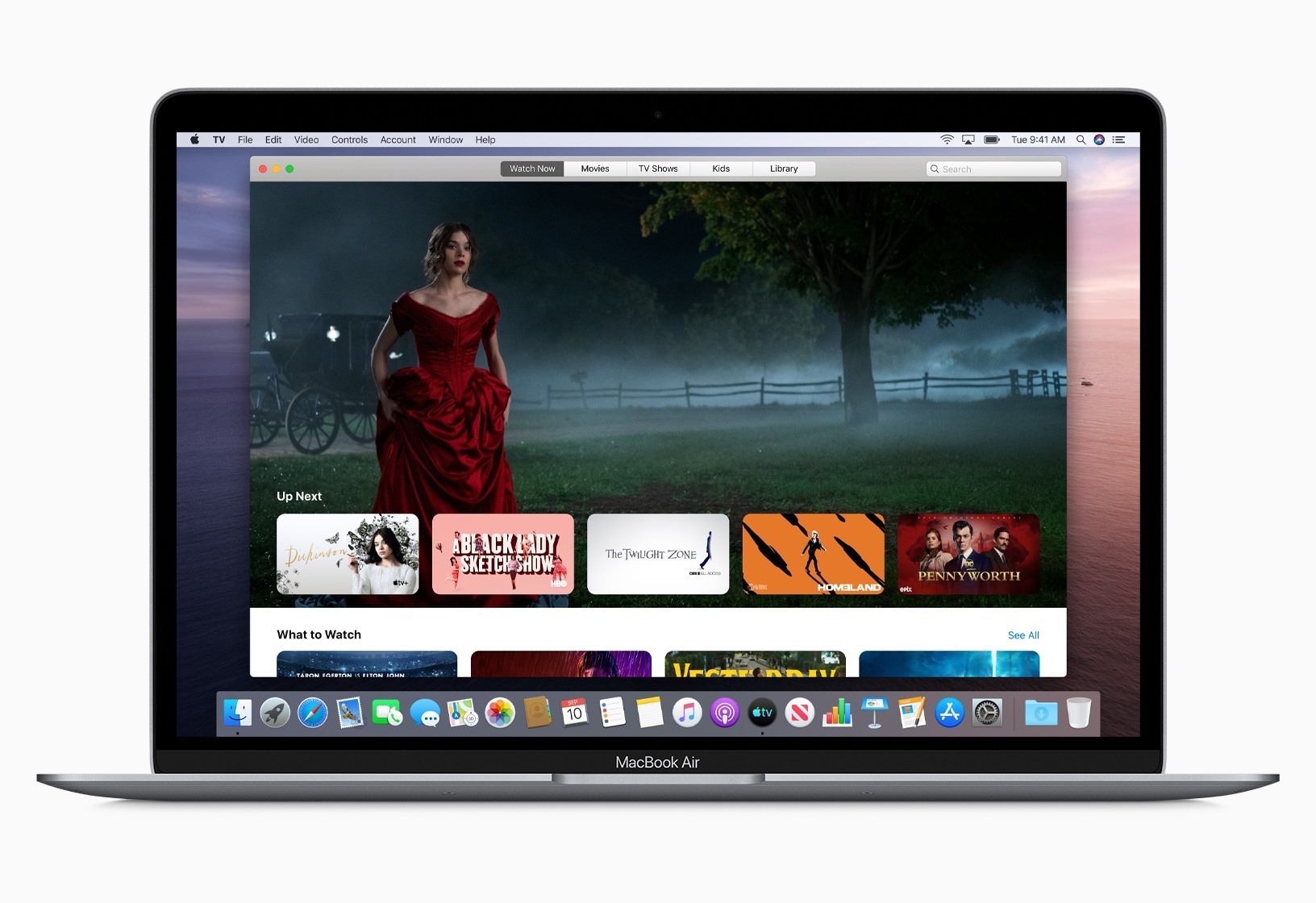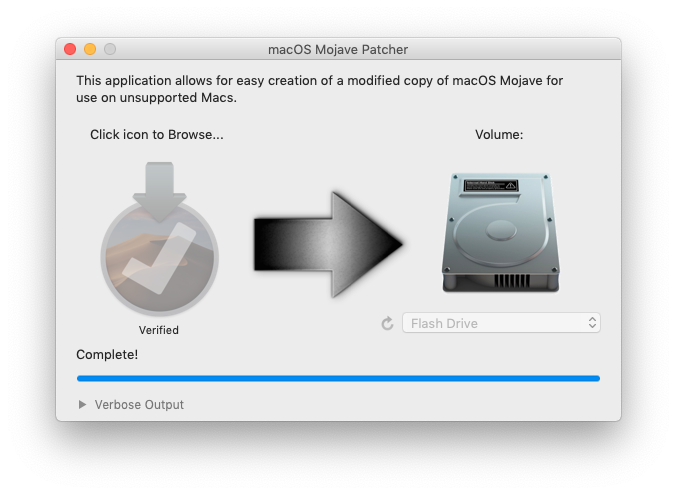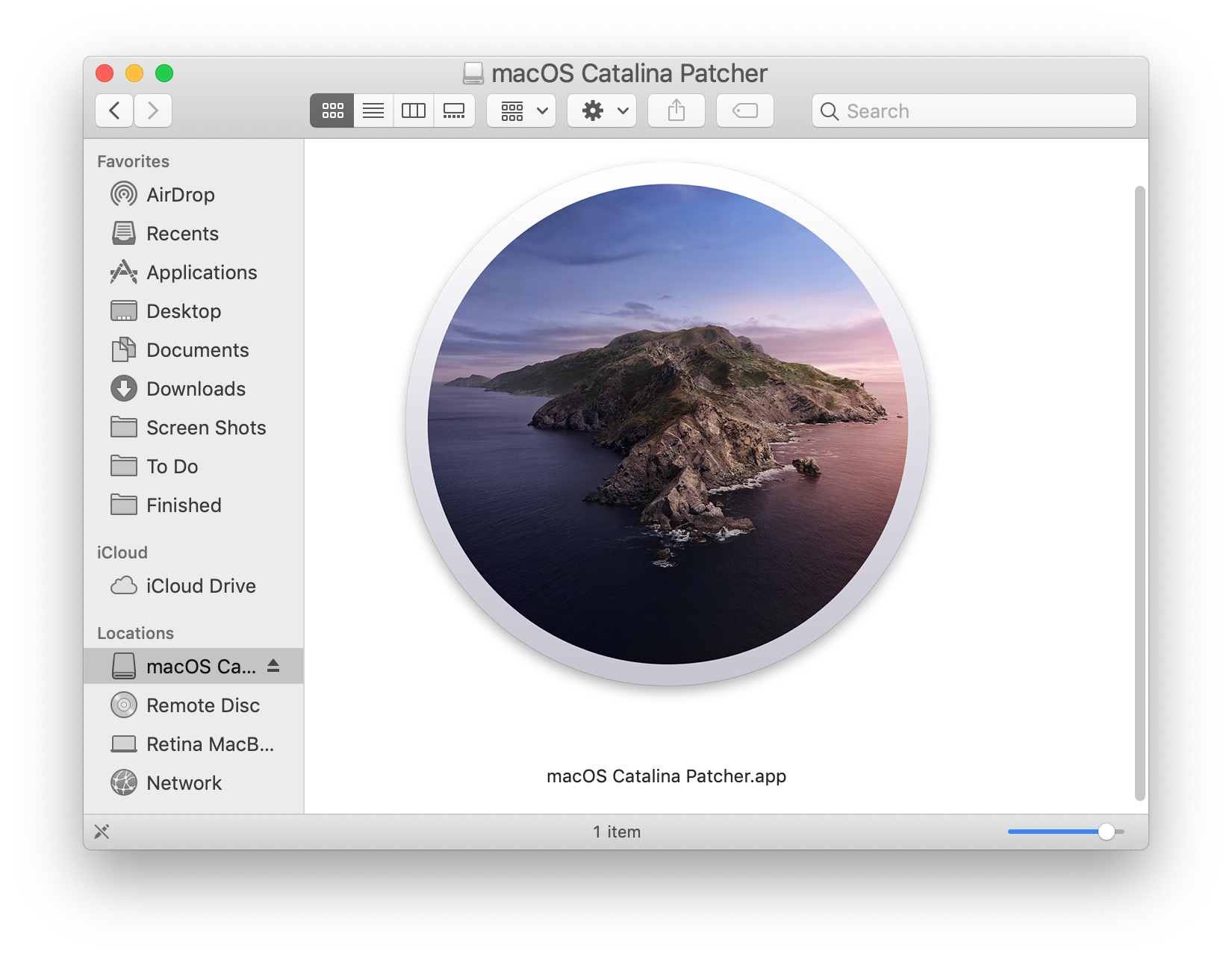macOS Catalina has precise requirements, you will need to have the previous OS version, and it works only on specific MacBooks, iMacs and so on. But even if it might not seem possible to install Catalina on your Mac due to the requirements, you shouldn’t worry that much. There are some methods you can use to install Catalina on your unsupported device. It does require a bit of thinking outside the box, but it’s going to be worth it, and it will be quite the experience.
- Catalina On Unsupported Mac Mini
- Catalina On Unsupported Mac Reddit
- Installing Catalina On Unsupported Mac
- How To Install Mac Os Catalina On Unsupported Mac
- Catalina On Unsupported Macs
- Download Catalina On Unsupported Mac
In this video I have my lastest walkthrough guide in how to install macOS 10.15 Catalina on an unsupported Mac. Using dosdude1 Patcher; I have successfully i. Download the latest version of macOS Catalina Patcher for Mac - Run macOS Catalina on your Unsupported Mac. Read 16 user reviews of macOS Catalina Patcher on MacUpdate.
What do you need?
Catalina On Unsupported Mac Mini

Catalina On Unsupported Mac Reddit
To install Catalina on your Mac, you will need to download and create a bootable USB installation drive. The drive needs to have 16GB, and it has to be formatted in the Mac OS Extended format. You also need to create a backup for your Mac’s information, to be safe.
With the patcher tool method listed below, you can install Catalina on the Early-2008 or newer Xserve, Early-2009 or newer Mac Mini, Late-2008 or newer MacBook Air or unibody unit or any Mac Pro, MacBook Pro or iMac after 2008.
Keep in mind that Catalina works only on 2015+ MacBooks, 2012+ Macbook Air and Pro models, the 2017 iMac Pro, late 2013 Mac Pro or Newer and the Late 2012 Mac Mini or Newer. So yes, you can install this on much older systems if you use the patcher.
macOS Catalina is fully 64bit, and as such, you should check both your CPU and EFI firmware before installing.
How can you create the Patched macOS Catalina installer?
- Download the latest macOS Catalina patcher
- Run the app; now you will have to download a copy. You need that because you are creating a bootable USB drive installer here.
- Since the installer is around 8 GB in total, you need to wait until the download is complete.
- After the download is done, you will be able to choose the installation method. Insert the USB drive and then choose to Create a Bootable Installer.
- Insert the flash drive in the unsupported Mac. Turn the Mac on and hold the Option key down as it loads up. As you enter the Startup Manager, you will need to select the USB drive and then press Return.
- Now you are in the Recovery environment here. Format the internal drive to APFS; you can use the disk utility for that. That’s very important, and you have to do it especially if the drive is not APFS formatted.
- Choose to Reinstall the macOS option in order to begin the installation process. Wait until it’s done. If there are any command-line manages, those are a normal part of the process.
- After the installation is done, you need to reboot using the USB drive once again. You do that so you can apply the post-installation patches. Those are mandatory if you want to ensure Catalina works properly.
- You can perform the post-installation tasks by choosing the macOS Post Install. Use the Force Cache Rebuild option after the installation is completed. Then you can restart and use Catalina on your old Mac.
As you can see, installing macOS Catalina on old Mac is indeed possible, and it can offer an excellent experience. All you have to do is to follow the guidelines above, and the experience can be great. At the end of the day, forcing Catalina installations on an older Mac is possible, even if it seems impossible at first. You just need to stick to the guidelines!
Subscribe to our News

Want to stay ahead of what's happening in the ever-changing world of digital business solutions?
Our team is made up of talented individuals and as a company we love digital tech, so if you have a passion for keeping up to date with the latest tech/design/development trends, subscribe to the best of our latest news monthly email.
The era of Mac OS X is over. Kind of.


Installing Catalina On Unsupported Mac
Macos Catalina For Unsupported Macs Os

For the first time in almost two decades, Apple has decided to bump up the version number of the Mac’s operating system. The change is meant to call attention to both the pending Apple Silicon transition—Big Sur will be the first macOS version to run on Apple’s own chips, even if it’s not the first to require those chips—and to an iPad-flavored redesign that significantly overhauls the look, feel, and sound of the operating system for the first time in a long while. Even the post-iOS-7 Yosemite update took pains to keep most things in the same place as it changed their look.
Macos Catalina Beta On Unsupported Macs
The macOS Catalina runs typically on all the Macs that run Mojave. Even if it doesn’t, as well, you can definitely install macOS Catalina on your unsupported Mac. Catalina requires at least a 4GB of memory an addition 2 GB which runs Mojave. The macOS Catalina is one of the incredible operating systems. Macs compatible with macOS Big Sur (macOS 11): 2015 and later MacBook; 2013 and later MacBook Air; Late 2013 and later MacBook Pro; 2014 and later iMac; 2017 and later iMac Pro; 2014 and later Mac mini; 2013 and later Mac Pro; And Accordingly, the following models capable of running macOS Catalina will not be able to be upgraded to macOS Big Sur. Nov 14, 2020 A primitive USB patcher for installing macOS Big Sur on unsupported Macs By the way, if you have a Mac Pro, Big Mac by StarPlayrX is another patcher worth considering. For 2008 Mac Pros (MacPro3,1) in particular, Big Mac is clearly a better option than this patcher (at least for now).
But unlike the jump from Mac OS 9 to Mac OS X, where Apple swept away almost every aspect of its previous operating system and built a new one from the foundation up, macOS 11 is still fundamentally macOS 10. Early betas were even labeled as macOS 10.16, and Big Sur can still identify itself as version 10.16 to some older software in order to preserve compatibility. Almost everything will still work the same way—or, at least, Big Sur doesn’t break most software any more than older macOS 10 updates did. It may even be a bit less disruptive than Catalina was. This ought to be a smooth transition, most of the time.
Macos Catalina For Unsupported Macs Windows 7
How To Install Mac Os Catalina On Unsupported Mac
We won’t be making any major changes to how we approach this review, either. We’ll cover the operating system’s new look and new features—the things that any Big Sur Mac will be able to do, regardless of whether it’s running on an Intel or an Apple Silicon Mac. To the extent that it’s possible to do without final hardware in-hand, we’ll cover the new macOS features that will be native to Apple Silicon Macs and outline how the software side of the transition will go.



